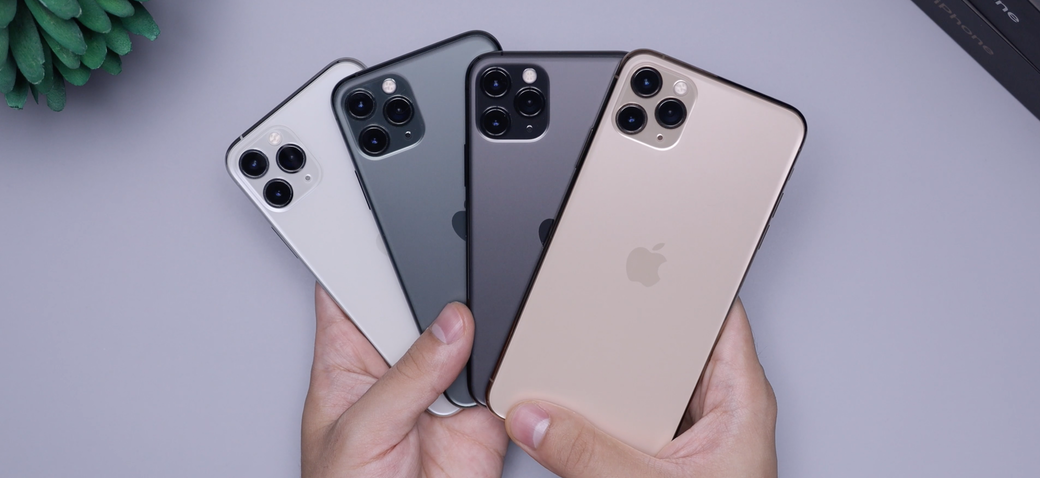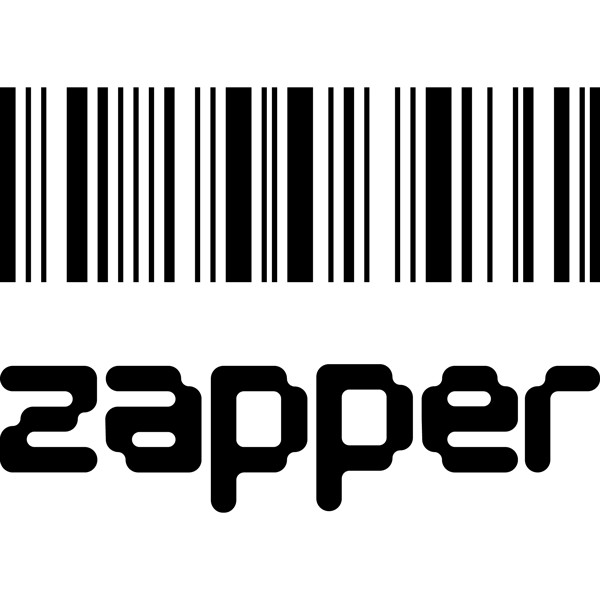Today, Apple is going to reinvent the phone.
This was exactly how Steve Jobs began his now iconic MacWorld keynote address back in January 2007. He pitched three new innovations – a widescreen iPod with touch controls, a revolutionary mobile phone, and a breakthrough internet communicator. The big crescendo? They were not three different devices, but one – and it was called iPhone.
These days, it’s hard to imagine a successful mobile phone that doesn’t include these features, but in 2007, Jobs’ innovations were met with impassioned cheering and applause. Although Apple’s futuristic genius is now a seamless part of our everyday lives, believe it or not, the iPhone has only existed for 15 years.
In that time, it’s changed a lot. Let’s hop in the time machine back to 2007 and check out the evolution of this technological powerhouse.
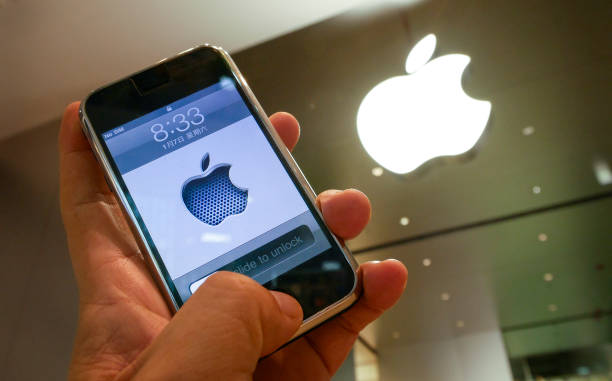
Starting price: £380
Key features: E-Mail, Safari, iPod app, YouTube, Google Maps.
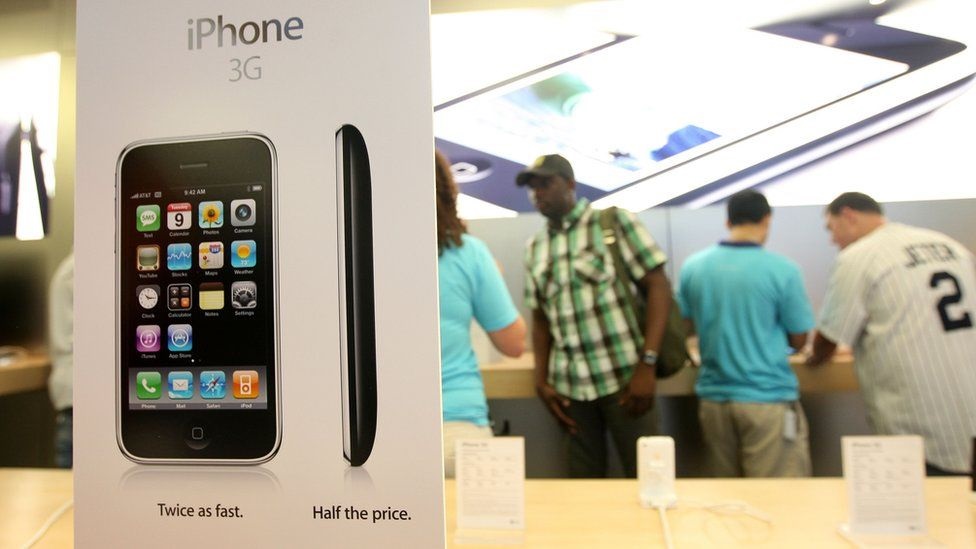
Starting price: £299
Key features: upgrade to iOS 2, text messaging, copy and paste, video recording, battery percentage.
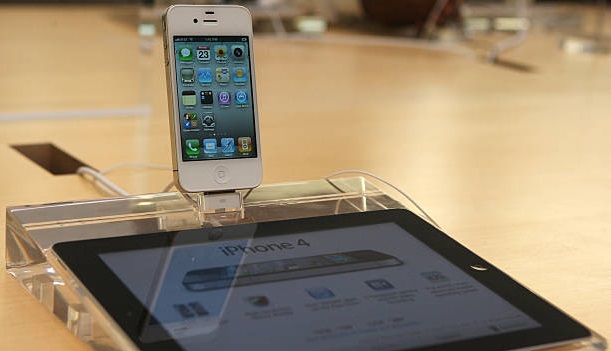
Starting price: £499
The 4S came along in 2011, not offering a great deal more other than Siri - Apple’s handy voice assistant - quite the cause for delirium back in 2011.
Key features: Siri, Retina display, selfie camera, LED flash.
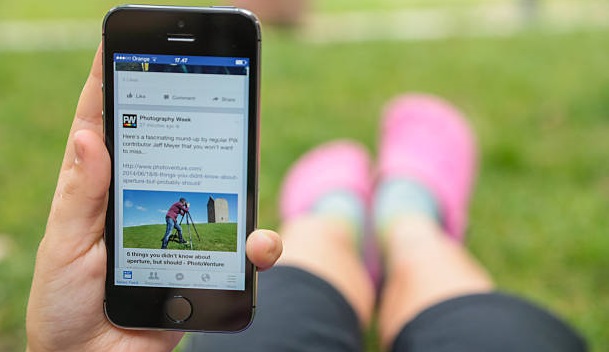
Starting price: £529
Apple received a whopping 2 million pre-orders for the iPhone 5 in just 24 hours - trouncing the total wholesale of the first iPhone in just one day.
Apple also brought out the 5C - a cheaper model that came in a whole variety of funky colourways. The 5S came a year later, bringing with it Touch ID and slow-mo video.
Key features: 20% lighter and 18% thinner, lightning connector, Touch ID.
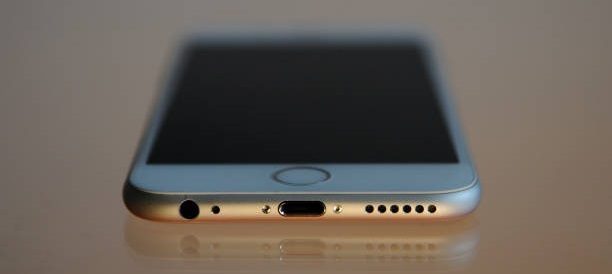
Starting price: £539
With the new Apple A8 processor, the iPhone 6 was faster and thinner than ever, featuring an increased battery life and a better camera to boot. Interestingly, the iPhone 6 is the most sold iPhone in history, with Apple flogging 222 million units.
The iPhone 6’s S counterparts were released a year later, and hosted better cameras still, alongside improved speed and performance.
Key features: Apple Pay.
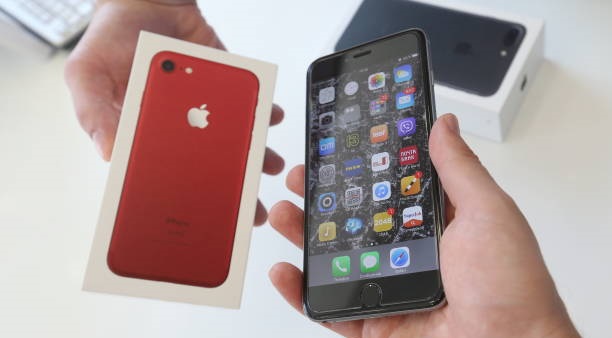
Starting price: £549
Key features: water resistance, better camera, better audio.
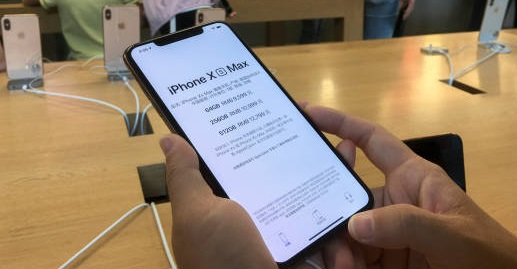
Starting price: £699 (8), £799 (8 Plus), £999 (X)
The most drastic change this year came with the iPhone X. Taking the home button away was a shock to the system for many users, but as is often the case with Apple, most competitors swiftly followed suit. Packed with an OLED display and wireless charging, the iPhone X is arguably the most stylish iPhone in Apple’s repertoire.
In 2018, Apple released the XR, XS and XS Max - all slightly larger iterations of the original X, with the addition of Face ID and an upgraded processor.
Key features: better camera, Face ID.
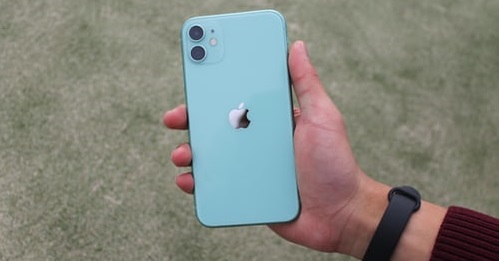
Starting price: £729
Key features: Apple Arcade, dark mode, night shots.
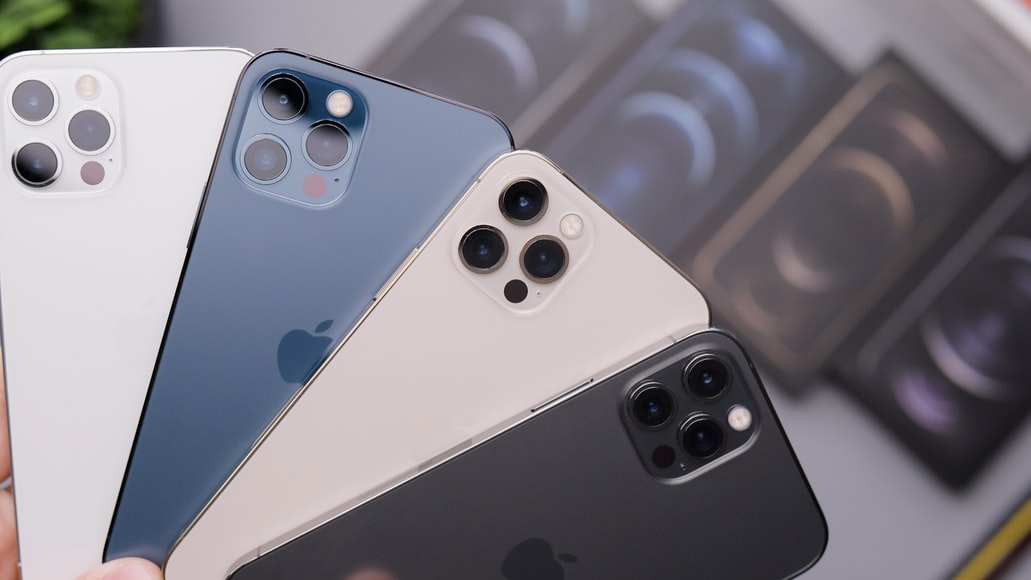
Starting price: £799
Key features: improved camera (as always), better battery life.
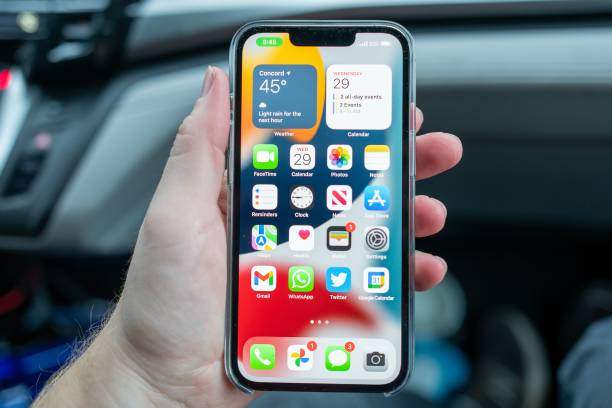
Starting price: £779
Key features: TrueDepth cameras, Macro photo and video (Pro models).
Sell your unused iPhones with Zapper
An incredibly successful and trendy consumer brand, Apple are undisputed leaders in the tech industry. With new innovations and upgrades going to market more or less every year, you may be looking to get rid of some old iPhones you have lying around to make way for something swankier. Why not sell them with Zapper – we accept a whole variety, not just iPhones. Pop over to our instant valuation page to see what you could earn from your unused phones today!

